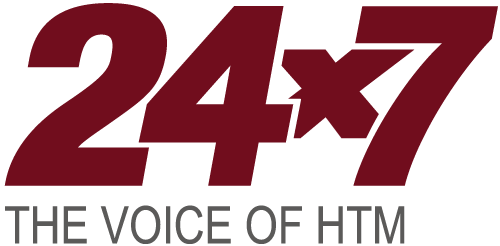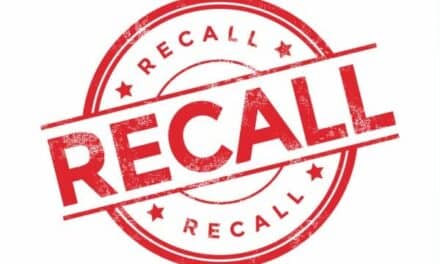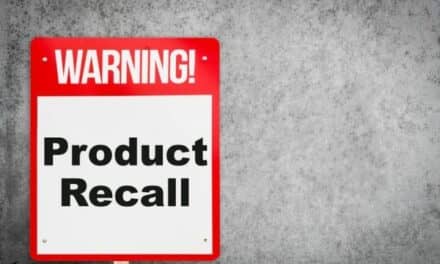New Sedgwick report shows Q2 2025 saw highest quarterly Class I medical device recalls in two decades, while FDA launches generative AI tool for faster approvals.
Medical device recalls reached their highest quarterly total for Class I events in 20 years during Q2 2025, with 36 recalls impacting 4.29 million units, according to Sedgwick’s newly released 2025 Recall Index report.
The report, which analyzes recall data from federal agencies including the FDA, shows medical device recalls increased 6.4% in Q2 compared to Q1, rising from 236 events to 251. Total units recalled jumped 73.1% to 32.17 million units, driven by seven recalls that each impacted more than 2 million units.
Software concerns led medical device recalls in Q2 2025, accounting for 44 events, followed by device failure with 32 events and false results with 29 recalls. However, leakage risks were responsible for the most units recalled at 10.73 million, primarily linked to three large recalls of drug transfer devices and sterile water and saline bottles.
FDA Launches AI Tool for Application Reviews
The recall surge comes as the US Food and Drug Administration (FDA) implements significant operational changes under the current administration, including the agency-wide launch of its generative AI tool called Elsa in June 2025. The tool is designed to accelerate clinical protocol reviews, shorten scientific evaluation times, and identify high-priority inspection targets.
“The goal is to have a more proactive system that allows new products to get to market quickly, while still maintaining product safety standards,” according to the report’s analysis of FDA priorities.
The agency is using Elsa to summarize adverse events for safety assessments, reduce time needed for label comparisons, and generate code for developing nonclinical application databases. Plans include integrating the tool into additional data processing functions as it matures.
However, legal experts warn of potential challenges. Attorneys with Morgan Lewis & Bockius LLP caution that sponsors may need to explain or contest concerns flagged by Elsa, though tracing and validating AI conclusions could prove difficult.
Regulatory Burden Reduction Efforts
The Department of Health and Human Services and FDA launched a 60-day public comment period in May to identify regulations that could be eliminated to reduce company burdens. The initiative supports a broader push to rescind at least 10 existing regulations for every new regulation proposed.
HHS Secretary Robert F Kennedy has committed to setting a regulatory cost cap ensuring total costs of new fiscal year 2025 regulations are “significantly less than zero,” the report notes.
However, analysis by attorneys with Hyman, Phelps & McNamara shows the FDA had not issued a single new device-related guidance since the start of President Trump’s second term, creating potential challenges for manufacturers seeking clarity on current policies.
Industry Impact and Preparation
The 251 medical device recalls in Q2 involved 152 unique companies, with 38 companies experiencing between two and four events and six companies recording five to nine recalls. One company had 11 events across various hazards.
Medical device manufacturers face several preparation requirements as AI integration accelerates. Companies must ensure submissions are formatted for easy AI interpretation, avoiding inconsistent data formatting that could compromise AI review. Since Elsa aims to significantly shorten approval times, manufacturers need readiness for faster FDA inquiries and information requests.
The report notes that attorneys with Hogan Lovells raise concerns about data access, ownership, confidentiality, and trade secrets, noting unclear parameters around what data trains the AI tools and potential limits to FDA authority in relying on such data for marketing application approvals.
Despite Q2 increases, half-year comparisons show 2025 lagging behind 2024, with 487 events in H1 2025 compared to 538 in H1 2024. Units recalled totaled 50.75 million in H1 2025 versus 249.56 million in H1 2024, though the report notes H1 2024 had record-breaking figures.





